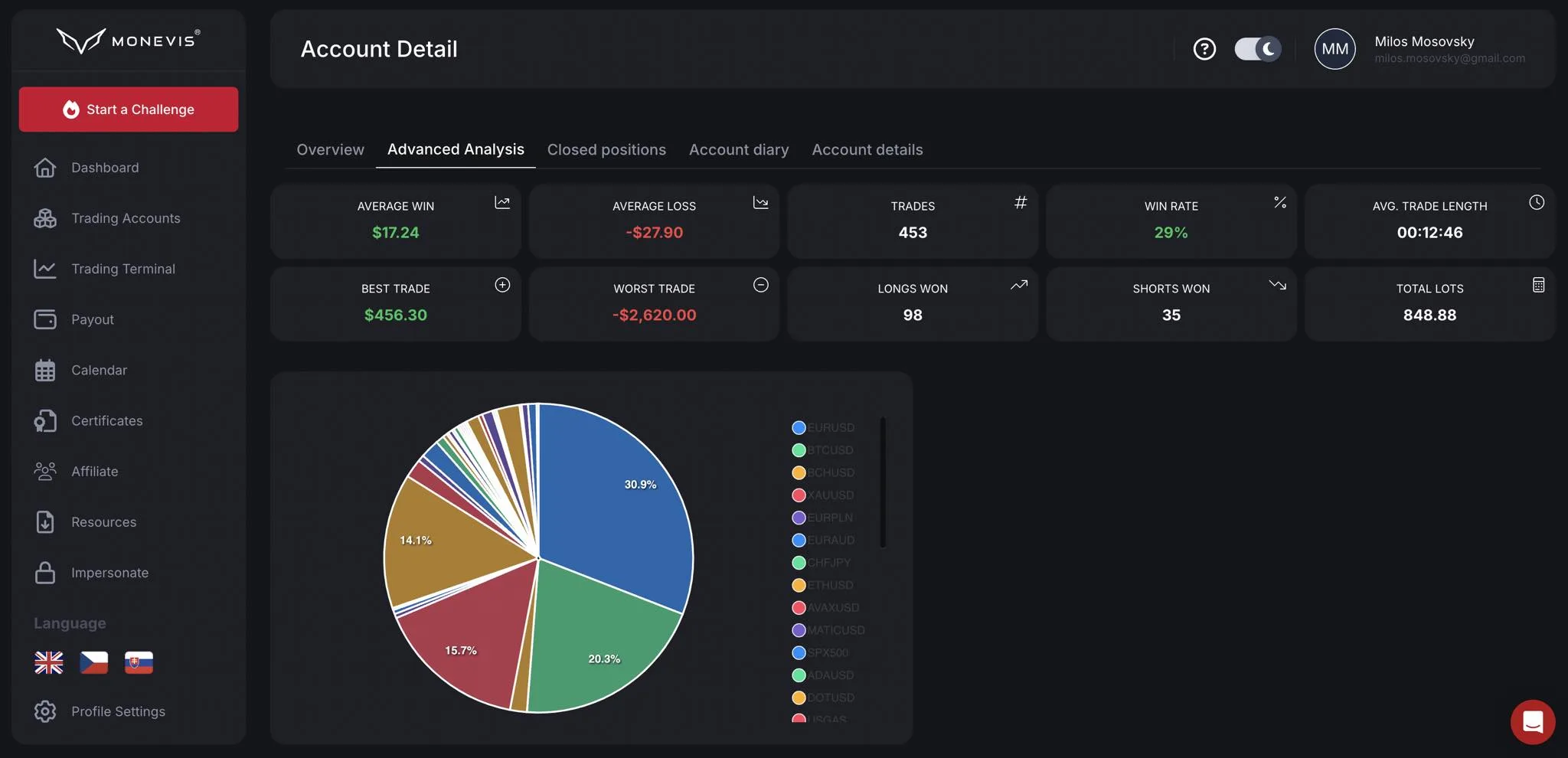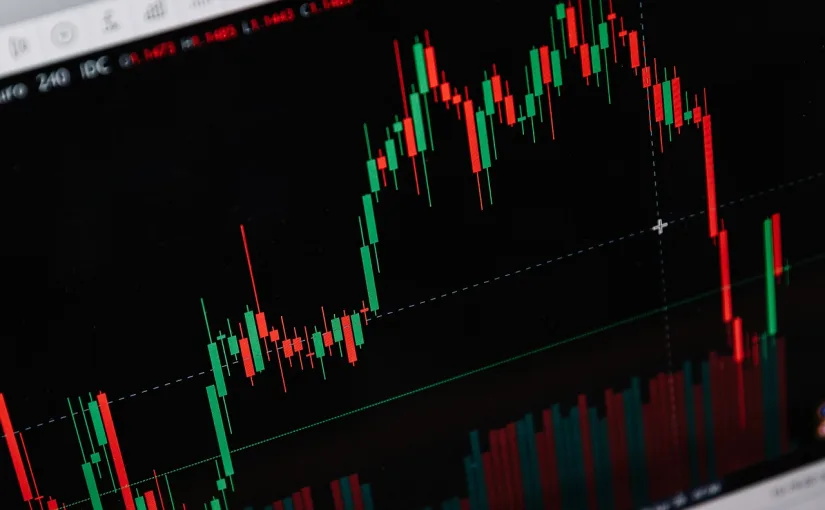HOT TIP: Unleash your trading potential with Monevis®

Take Profit (TP) and Stop Loss (SL)
are essential tools in Forex trading that help traders manage risks and secure profits. This guide explains what these tools are, how to set them, and why they are critical for successful trading.
What is Take Profit (TP)?
Take Profit (TP) is a preset price level at which a trader closes a trade to realize a profit. When the price of a currency pair, such as EUR/USD, reaches this level, the trade is automatically closed, securing the profit. This tool allows traders to:
- Plan trades with greater precision.
- Avoid the need to constantly monitor the market.
Setting Take Profit:
- Depends on the trading strategy and market analysis.
- Uses technical analysis to identify resistance and support levels where the price is likely to reverse or slow down (e.g., Fibonacci levels, pivot points, or historical price levels).
Example:
- If you are trading the EUR/USD currency pair and the current price is 1.1000, you might expect the price to rise to 1.1050 based on market analysis. You set your Take Profit at 1.1050, and when the price reaches this level, your trade is automatically closed, securing your profit.
What is Stop Loss (SL)?
Stop Loss (SL) is a preset price level at which a trader closes a trade to limit losses. It is crucial for:
- Protecting trading capital from excessive losses.
- Risk management and ensuring the long-term sustainability of a trading strategy.
Setting Stop Loss:
- Based on market analysis and the trader’s risk preferences.
- Often uses technical analysis to determine support and resistance levels to identify the optimal point for setting Stop Loss.
- Must be far enough from the current price to allow for natural market volatility but close enough to limit potential losses.
Example:
- If you are trading the EUR/USD currency pair and the current price is 1.1000, you might decide the maximum loss you are willing to accept is 50 pips. You set your Stop Loss at 1.0950. If the price drops to this level, your trade is automatically closed, limiting your loss.
Why Are Take Profit and Stop Loss Important?
- Limiting Losses and Protecting Capital: Stop Loss helps to limit losses, which is crucial for long-term sustainability. Without a well-set Stop Loss, a single bad trade could wipe out the profits of multiple successful trades.
- Eliminating Emotional Decision-Making: Take Profit ensures that traders close trades at predefined profit levels, eliminating emotional decision-making. This prevents holding a position too long in the hope of higher profits, which could lead to an unexpected market reversal and losses.
Automating Trades
Both Take Profit and Stop Loss allow for the automation of trades, enabling traders to “set and forget.” This is particularly useful for traders who cannot be continuously present at their trading platforms.
Benefits of Automation:
- Reduces the need to constantly monitor the market.
- Ensures trades are protected and optimized for profit.
Example:
- After analyzing the market and setting Take Profit and Stop Loss levels, you can engage in other activities, knowing your trades are managed according to your strategy.
Conclusion
Take Profit and Stop Loss are fundamental tools in Forex trading that every trader should use. They not only protect capital and secure profits but also help avoid emotional decisions and enable efficient trade automation. Whether you are trading currency pairs like EUR/USD or any other instruments, using these tools is crucial for success and the long-term sustainability of a trading career. Incorporate them into your trading strategy to manage risk effectively and increase your chances of consistent success.
HOT TIP: Unleash your trading potential with Monevis®

